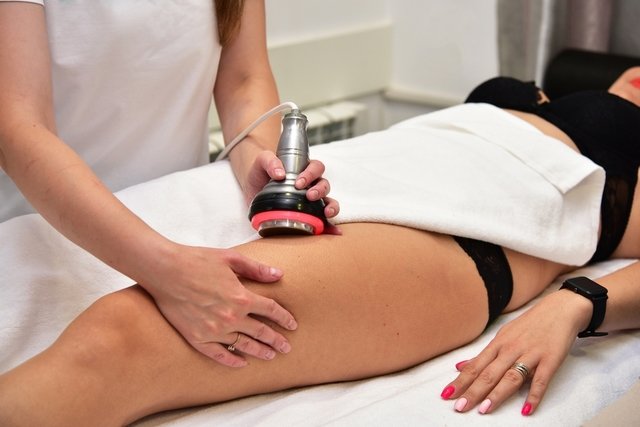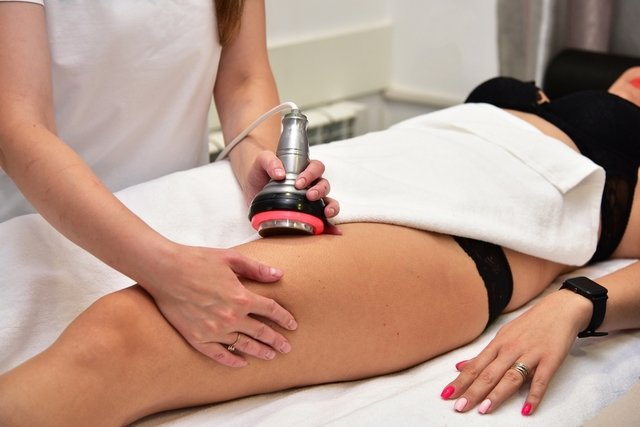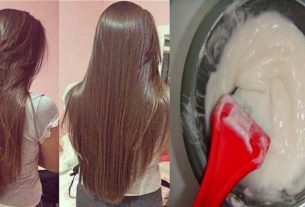Vacuum therapy is an aesthetic treatment that consists of sliding equipment over the skin that performs a suction capable of promoting the detachment of the skin from the muscle, which helps to improve blood and lymphatic circulation, combating cellulite and fat more effectively. localized and sagging, as well as helping to treat muscle contractures.
This technique can be used alone or in protocols involving other types of treatments, such as modeling massage, radiofrequency, lipocavitation or carboxytherapy, varying according to each person’s needs. Sessions must be carried out by a dermatologist, dermatofunctional physiotherapist or beautician, with sessions held 1-4 times a month, lasting 20-40 minutes per region to be treated.

What is vacuum therapy for?
Vacuum therapy consists of suctioning the skin of the area to be treated, promoting the detachment of the skin from the muscle, which results in the breakdown of fibrosis that remains in the adipose tissue, improving blood and lymphatic circulation, increasing oxygenation and releasing toxins. , in addition to promoting cell nutrition and ensuring a toning and firming effect. Thus, vacuum therapy serves to:
- Remove muscle contractures in the neck, back, arms or legs;
- Help combat cellulite on the belly, sides, butt and thighs;
- Eliminate excess fluid in the abdominal region, legs and ankles;
- Contribute to the elimination of toxins;
- Stimulate and assist the lymphatic system;
- Improve the skin’s response to the application of daily use creams such as moisturizers and anti-wrinkle creams;
- Stimulate the production of collagen and elastin;
- Improve the appearance of the scar, leaving it thinner and less adhered to the muscle.
The suction is done by equipment that is attached to the skin and the skin is suctioned due to a difference in pressure that can be controlled by the therapist who is applying the technique. Depending on the purpose of the suction, it must always be carried out respecting the direction of the lymph nodes and vessels.
How it is made
Before starting, a vegetable oil is normally applied to the area to be treated to allow the device to glide better. It is recommended that the device be slid with rhythmic, slow and smooth maneuvers, towards the lymphatic vessels and lymph nodes. The suction time for the area may vary according to the objective of the treatment and the size of the region.
If the vacuum pressure causes a lot of discomfort during the treatment, you can ask the therapist to reduce the intensity of the vacuum to relieve the pressure and make the treatment more comfortable. It is normal for there to be slight pain and redness in the area after treatment and, in these cases, an ice pack can be applied for around 5 to 10 minutes to relieve the pain.
When not indicated
This treatment is generally well tolerated, however it is important that the person undergoes an assessment first, in which the objective of the treatment and assessment of the region is defined to check whether there are any contraindications.
Vacuum therapy should not be performed in cases of a recent scar, varicose veins, open wound, local infection, use of a cardiac pacemaker, local hernia, hematoma, phlebitis, active infection, hypertension, use of anticoagulants, or in people who have low pain tolerance.
Bibliography
- SILVA, Jessica Layana P. Effects of vacuum therapy associated with radiofrequency in the treatment of geoid fibro edema. Course Completion Work, 2018. State University of Paraíba.
- IBRAMED. Dermotonus esthetic e Slim. Disponível em: <https://ibramed.com.br/site/wp-content/uploads/2019/02/Dermotonus-esthetic-e-slim-2019-pdf.pdf>.

Sign up for our newsletter and stay up to date with exclusive news
that can transform your routine!
Warning: Undefined array key "title" in /home/storelat/public_html/wp-content/plugins/link-whisper-premium/templates/frontend/related-posts.php on line 12
Warning: Undefined array key "title_tag" in /home/storelat/public_html/wp-content/plugins/link-whisper-premium/templates/frontend/related-posts.php on line 13





